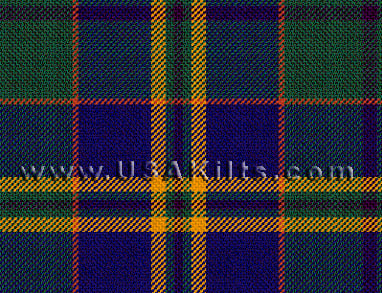Kilkenny
Select
- Mill: HOE
- Weight: 13 oz.
- Known Septs Include:
Names prominent in this county include:Archdeacon, Archer, Barron, Birch, Bookle, Brannan, Breen, Brennan, Broder, Butler, Callan, Cantwell, Cantwell, Carol, Caroll, Cleere, Cody, Comerford, Coveney, Cowley, Dunphy, Fennelly, Forrestual, Gaul, Gilpatrick, Grace, Henebry, MacBreen, MacGilpatrick, Marnell, McBreen, McGilpatrick, Mullins, O'Brannan, O'Broder, O'Caroll, O'Carroll, O'Coveney, O'Donaghue, O'Dunphy, O'Kealy, O'Loughnan, O'Phelan, O'Queally, O'Shea, Phelan, Purcell, Queally, Roth, Rothe, Ryan, Shea, Shortall, Sweetman, Tobin, Walsh
- Notes:
A city --albeit a small city by American standards-- as well as a county, Kilkenny lies in the the South-East of Ireland in the southern part of the historical Kingdom of Leinster. Bordered by the Barrow and Suir rivers --and cut through by the Nore-- Kilkenny is justly known as the land of three rivers. But historically Kilkenny was also known --as early as 2,500 years ago- for its once rich silver and lead deposits. St. Canice and St. Kieran founded churches in Kilkenny in the first millennium and the city of Kilkenny was the capitol of the Kingdom of Ossory in the 11th century. In the 14th century a body of laws known as the Statute of Kilkenny was enacted by representatives of the English King Edward III that forbade the intermarriage of Irish and English, punished Englishmen who learned the Gaelic tongue, and severely limited the rights of Irish bards. In more recent years Kilkenny was famed for its beautiful black marble. - notes by Sarah Nagle
One of a series of Irish District tartans designed (and copyrighted) by Polly Wittering of the House of Edgar in 1995. This is not an 'officially sanctioned' District tartan but has proven popular.
